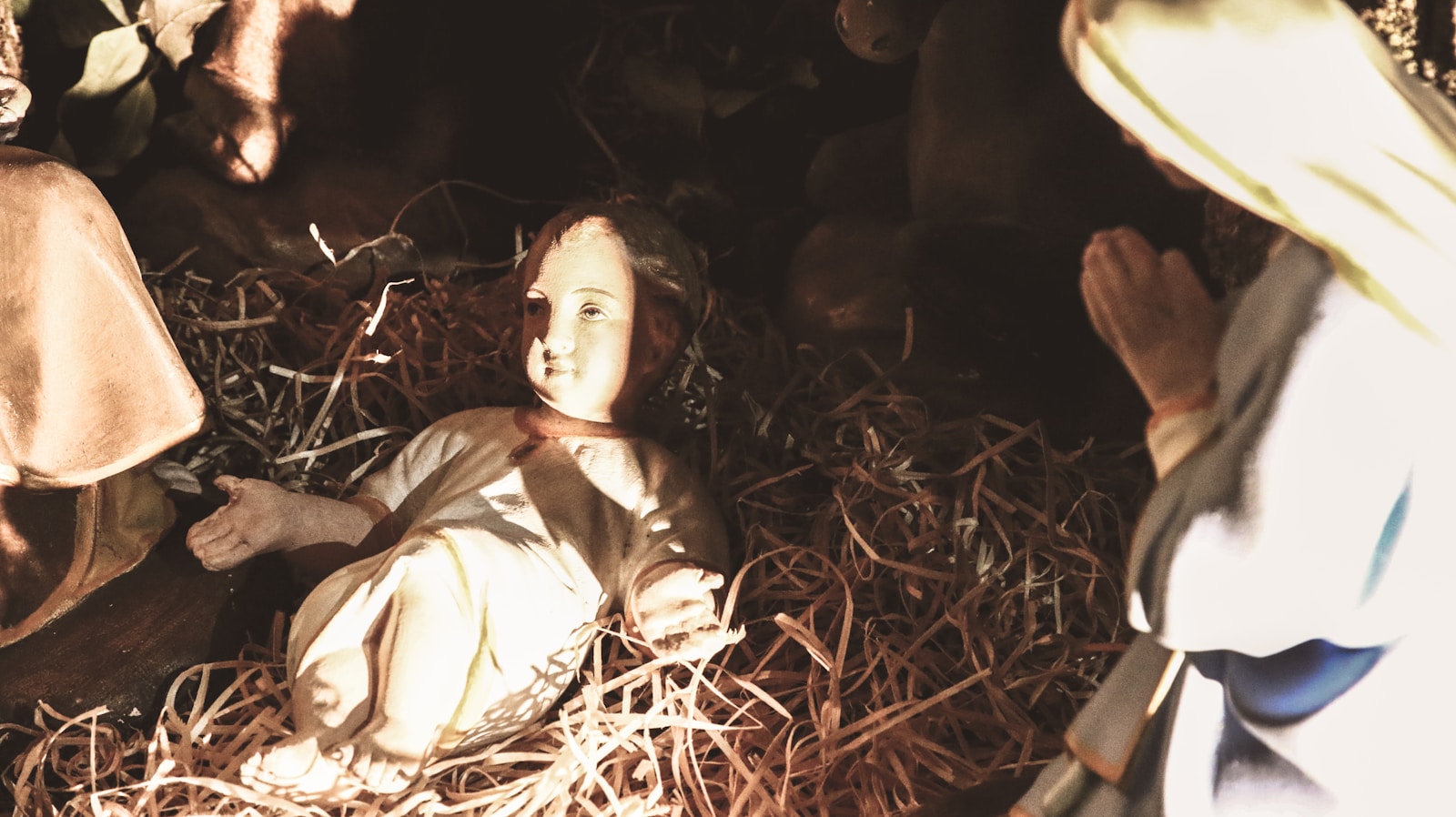
pesebre

manger
The Spanish word 'pesebre' is comparable to the English term 'manger'. It is often used in a religious context, predominantly in describing the scene of the Nativity, where 'Jesus was lain in a pesebre'. The term can also refer to a feeding trough for animals in a general context, though this usage is less common.
Example sentences using: pesebre
El niño está jugando cerca del pesebre.

The boy is playing near the manger.
This sentence is showing the common usage of 'pesebre' in a context where a child is playing near a manger.
El pesebre estaba vacío.

The manger was empty.
In this context, 'pesebre' refers specifically to a manger being empty.
Cada Navidad armamos un pesebre en casa.

Every Christmas, we set up a manger at home.
This sentence uses 'pesebre' to talk about a family tradition of setting up a manger during the Christmas season.
La historia del pesebre es muy conocida.

The story of the manger is very well-known.
This sentence speaks about 'pesebre' in terms of the story surrounding it being widely known.
El pesebre es un símbolo importante de la Navidad.

The manger is an important symbol of Christmas.
This sentence discusses the symbolic importance of the 'pesebre' during the Christmas season.
Los pastores se acercaron al pesebre para ver al niño.

The shepherds approached the manger to see the child.
In this context, 'pesebre' is used to depict a scene where shepherds come to see a child in the manger.
Junto al pesebre, rezaban en silencio.

Next to the manger, they prayed in silence.
This sentence uses 'pesebre' to show a serene and peaceful scene of people praying next to a manger.
El niño Jesús fue puesto en un pesebre después de nacer.

The baby Jesus was placed in a manger after birth.
This sentence describes the nativity scene where baby Jesus is placed in a 'pesebre' (manger) after birth.
Me gustaría hacer un pesebre de arcilla este año.

I would like to make a clay manger this year.
In this sentence, 'pesebre' refers to a manger that is being planned to be made out of clay.
Habrá una representación del pesebre en la iglesia.

There will be a representation of the manger in the church.
This sentence is using 'pesebre' to talk about a manger representation that will be set up in a church.